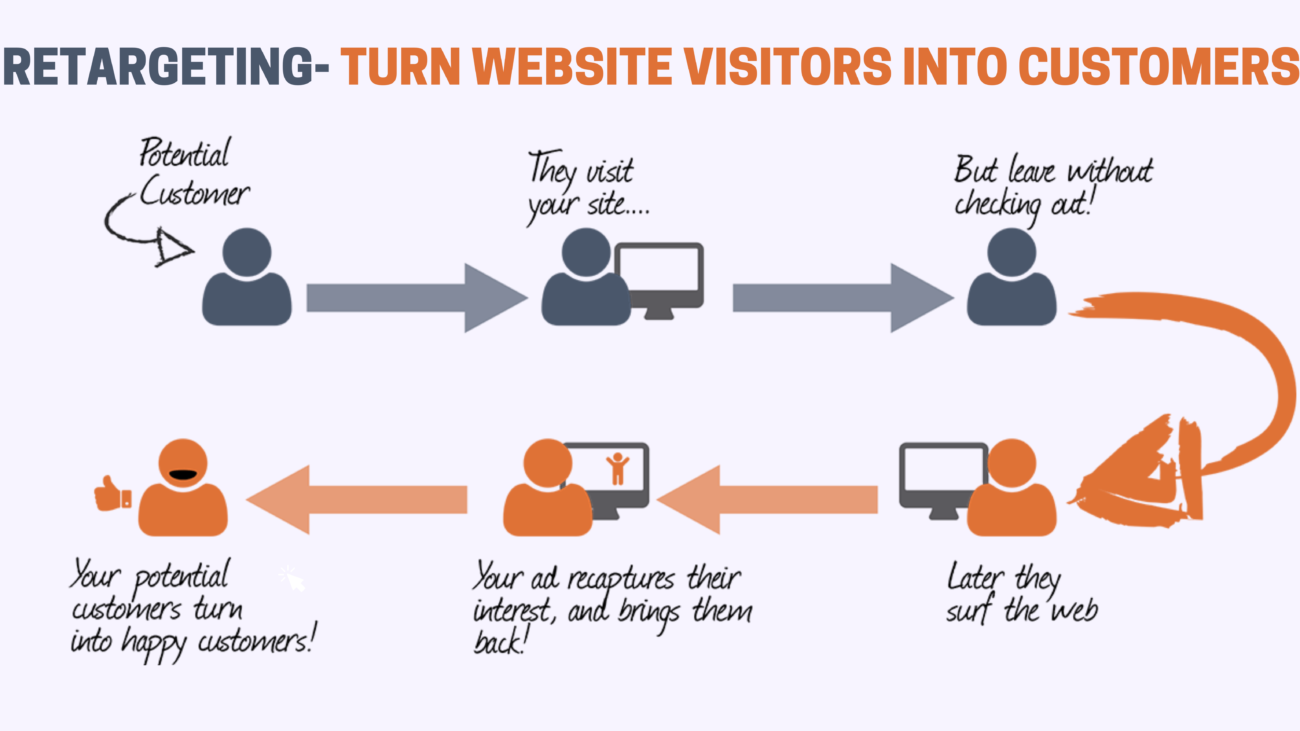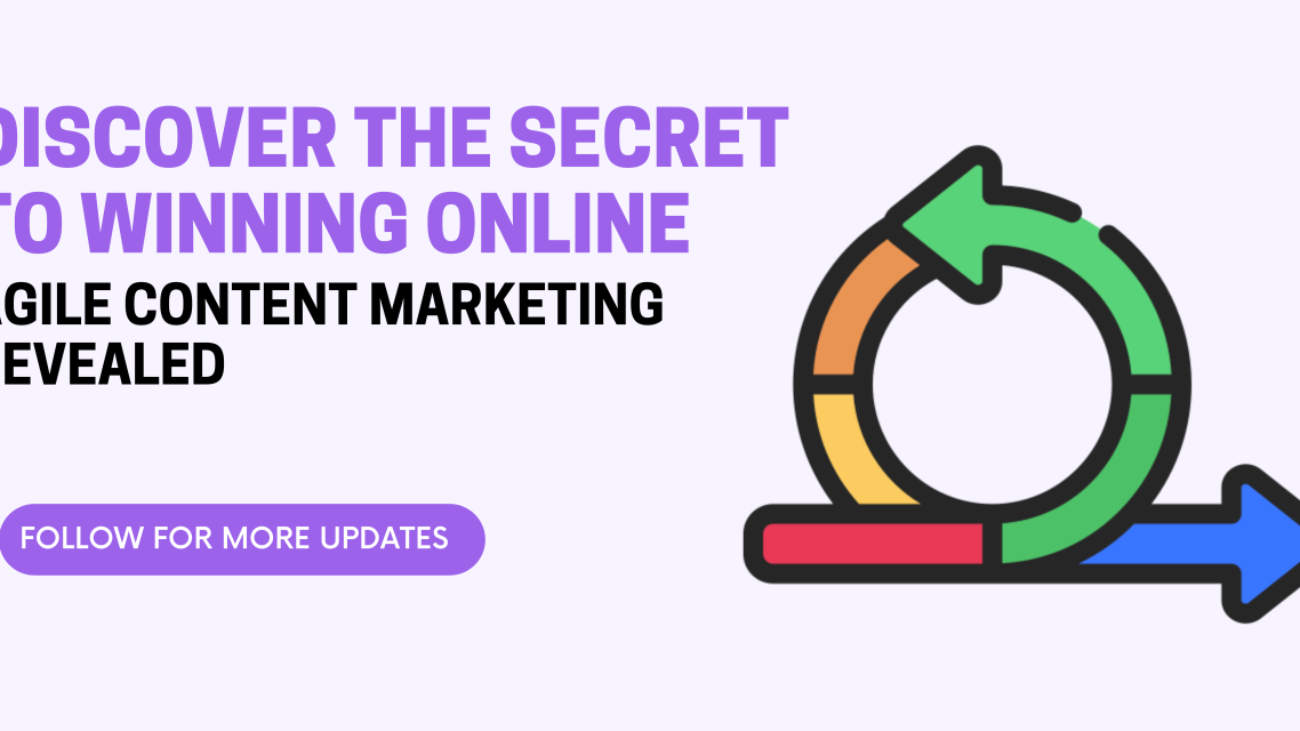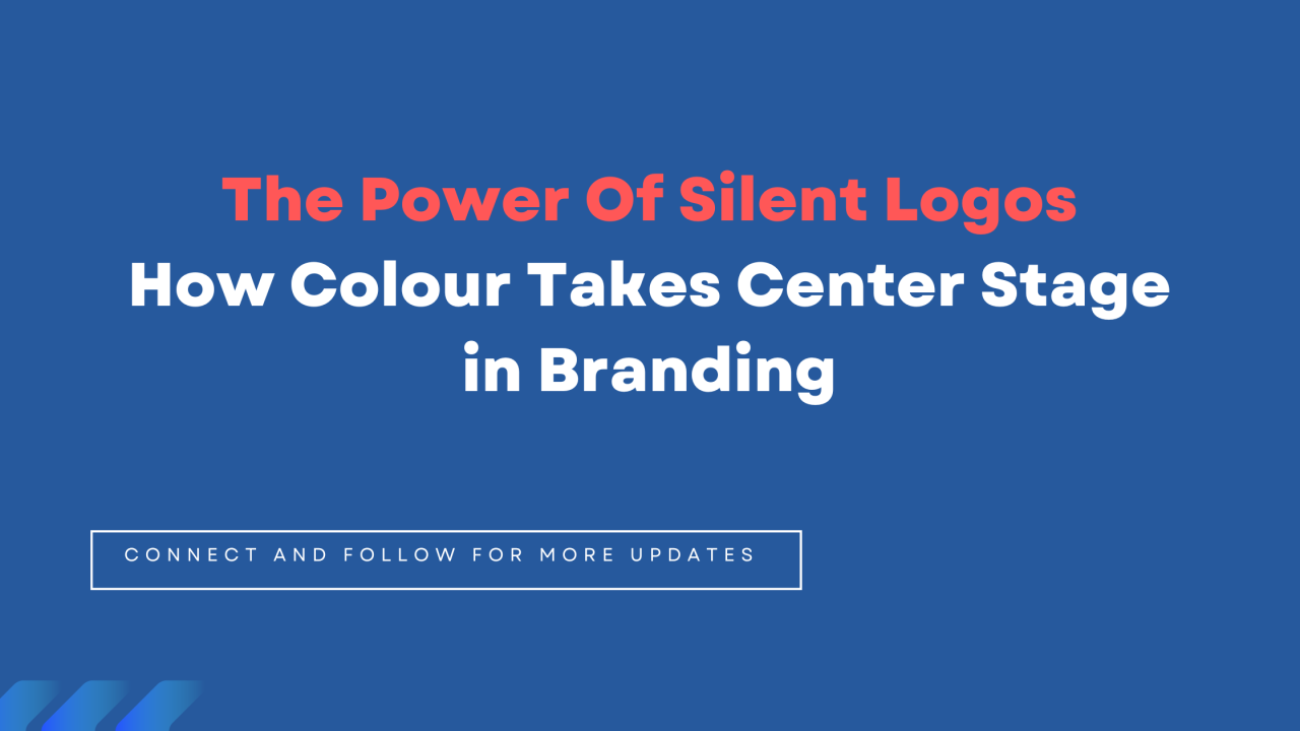Imagine you run an online bookstore. You can see which books your visitors looked at, which authors they liked, and which genres caught their interest. Now, imagine you could follow up with these visitors, reminding them of the book they almost bought. This is the power of retargeting, a tool that can really boost your business.
From Browsing to Buying: How Retargeting Helps
Retargeting is like a friendly reminder for people who visit your website but leave without buying anything. Have you ever looked at a pair of running shoes online, only to see ads for those shoes everywhere you go on the internet? That’s retargeting in action. It keeps your products in front of potential customers, gently nudging them to come back and buy.
Making Every Visitor Count
Many people visit websites and leave without doing anything. Without retargeting, these potential customers are lost. But with retargeting, you can remind them about what they looked at and encourage them to come back and buy.
For example, think about a small online bakery that sells artisan cakes. A visitor might browse through several cake designs but leave without ordering. With retargeting, the bakery can show ads of the exact cakes the visitor looked at, maybe even offering a discount to tempt them back.
How Retargeting Works
Retargeting uses small pieces of code called pixels and cookies. When someone visits your website, these codes tag them anonymously. This tag allows you to follow their online activity and show them relevant ads later. For example, if someone looks at electric bikes on your site, they might start seeing ads for bikes, accessories, or even bike tours.
Facebook retargeting works similarly. By setting up a Facebook Pixel on your site, you can track visitors and their actions. This tracking helps you create ads that are shown to visitors based on what they did on your site.
Creating a Retargeting Campaign
To create a retargeting campaign, first, install the Facebook Pixel on your site. This code tracks visitors and helps you create specific ads for them based on what they did on your site.
For example, a local gym could use retargeting to reach people who visited their membership page but didn’t sign up. They could show these visitors ads highlighting the benefits of joining the gym, success stories, or a special discount on membership fees.
Timing is important in retargeting. People who visited your site recently are more likely to remember you and be interested in your products. It’s best to focus on these recent visitors to get the best results.
Turning Missed Opportunities into Sales
Without retargeting, many ad campaigns would lose money. Think about a small fashion boutique that struggles to turn visitors into buyers. By using retargeting, the boutique can follow up with people who viewed their collection but didn’t buy. They could show these visitors ads with new arrivals, styling tips, or exclusive offers, encouraging them to come back and shop.
Avoiding Annoying Ads
Retargeting is powerful, but it needs to be done right. Bad retargeting can annoy people, like seeing ads for a holiday you already booked. Good retargeting, however, feels helpful and relevant.
For instance, a home decor store could use retargeting to show ads for items similar to those a visitor looked at. Done right, these ads will feel useful and not intrusive.
Conclusion: The Future of Advertising
Retargeting has changed the way businesses connect with their audience. It allows businesses to remind potential customers about their products and turn them into loyal buyers.
If you’re a business owner or marketer, you can’t afford to ignore retargeting. Use it, and watch your business grow. By following these simple steps and creating thoughtful campaigns, you can make retargeting work for you, increasing your sales and customer base.




